
Bequia: The Jewel of the Grenadines
Discover Bequia, a serene Caribbean retreat with pristine beaches, rich maritime history, and a welcoming local culture in the heart of the Grenadines.
Bequia, the second largest island in the Grenadines, offers a serene escape with its pristine beaches, lush greenery, and warm, welcoming locals. Located just nine miles south of Saint Vincent, Bequia is renowned for its breathtaking landscapes and vibrant maritime culture. History buffs will find Bequia's whaling heritage fascinating. The island's small whaling museum and traditional boat-building techniques offer a peek into its storied past. Meanwhile, those seeking relaxation can unwind on the white sands of Princess Margaret Beach or Lower Bay Beach, where the turquoise waters invite you for a swim or snorkel. The island’s charming capital, Port Elizabeth, features colorful markets, quaint shops, and delightful cafes. Stroll along the waterfront and take in the atmosphere, or venture to the Old Hegg Turtle Sanctuary to witness conservation efforts in action. Additionally, Bequia’s annual Easter Regatta draws sailing enthusiasts from around the world, adding to the island's lively spirit. Whether you are savoring fresh seafood at a local restaurant, exploring the lush hillsides, or simply basking in the sun, Bequia promises an unforgettable experience that captures the essence of the Caribbean.
Local tips in Bequia
- Visit between December and April for the best weather and vibrant local events.
- Try the local seafood, especially at the beachfront restaurants in Port Elizabeth.
- Rent a scooter or golf cart to explore the island at your own pace.
- Pack reef-safe sunscreen to protect Bequia’s delicate marine life.
- Don't miss the Old Hegg Turtle Sanctuary for a unique conservation experience.
- Participate in the Easter Regatta if you’re visiting in spring for a festive local experience.
Bequia: The Jewel of the Grenadines
Bequia, the second largest island in the Grenadines, offers a serene escape with its pristine beaches, lush greenery, and warm, welcoming locals. Located just nine miles south of Saint Vincent, Bequia is renowned for its breathtaking landscapes and vibrant maritime culture. History buffs will find Bequia's whaling heritage fascinating. The island's small whaling museum and traditional boat-building techniques offer a peek into its storied past. Meanwhile, those seeking relaxation can unwind on the white sands of Princess Margaret Beach or Lower Bay Beach, where the turquoise waters invite you for a swim or snorkel. The island’s charming capital, Port Elizabeth, features colorful markets, quaint shops, and delightful cafes. Stroll along the waterfront and take in the atmosphere, or venture to the Old Hegg Turtle Sanctuary to witness conservation efforts in action. Additionally, Bequia’s annual Easter Regatta draws sailing enthusiasts from around the world, adding to the island's lively spirit. Whether you are savoring fresh seafood at a local restaurant, exploring the lush hillsides, or simply basking in the sun, Bequia promises an unforgettable experience that captures the essence of the Caribbean.
When is the best time to go to Bequia?
Iconic landmarks you can’t miss
Bequia Tourism Association
Discover Bequia: A serene Caribbean gem with stunning beaches, rich culture, and unforgettable experiences awaits every traveler.
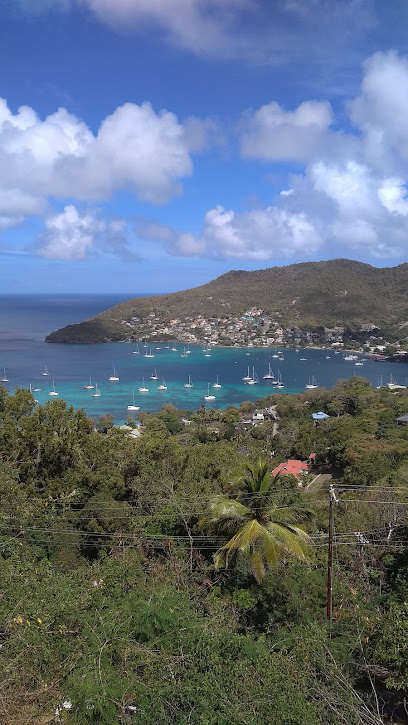
Princess Margaret Beach
Experience the serene beauty of Princess Margaret Beach, where soft sands and crystal-clear waters create an unforgettable Caribbean escape.
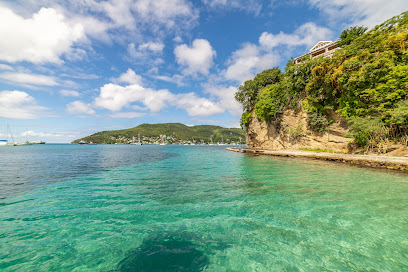
Keegans Beachside Hotel, Apartments and Restaurant
Discover paradise at Keegans Beachside Hotel in Bequia - your ideal getaway with stunning views, comfortable accommodations, and delightful dining.
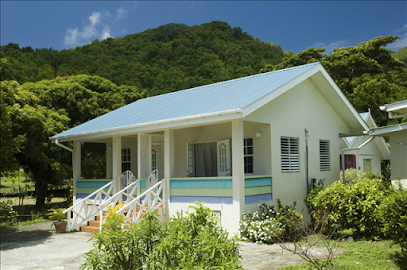
Bequia Beach Hotel
Experience the ultimate tropical escape at Bequia Beach Hotel, where luxury meets stunning natural beauty in the heart of the Grenadines.
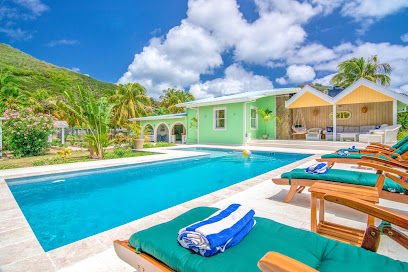
Bequia Plantation Hotel
Discover the paradise of Bequia Plantation Hotel, where luxury meets the serene beauty of the Caribbean, perfect for relaxation and adventure.

Old Hegg Turtle Sanctuary
Explore the Old Hegg Turtle Sanctuary in Bequia, a dedicated refuge for sea turtles, and connect with conservation efforts in a serene, natural setting.

The Fig Tree
Discover the flavors of the Caribbean at The Fig Tree, a charming restaurant in Port Elizabeth known for its local cuisine and warm hospitality.
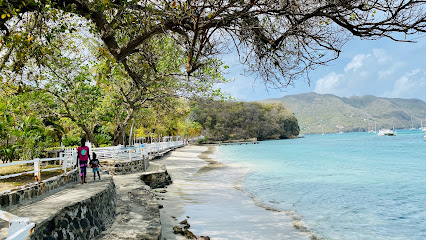
Black Point Tunnel
Experience the breathtaking views and rich history of the Black Point Tunnel in Byera Hill, a must-visit destination for all tourists.
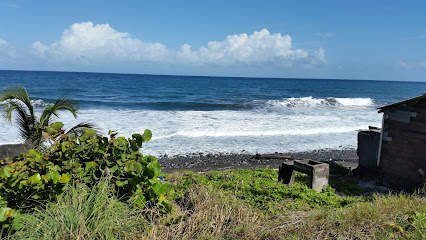
De Reef Restaurant & Bar
Discover the flavors of the Caribbean at De Reef Restaurant & Bar in Bequia, where fresh seafood and vibrant cocktails meet stunning ocean views.
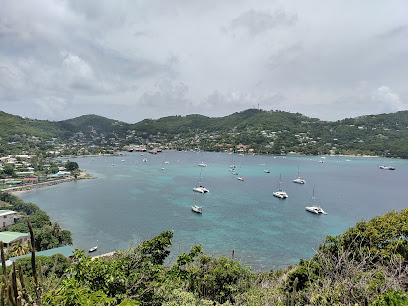
Dawn's Creole Restaurant, Lower Bay Beach
Experience authentic Caribbean Creole cuisine in a picturesque setting at Dawn's Creole Restaurant on Lower Bay Beach, Bequia.

Bequia Express Ferry - Bequia SVG
Experience the beauty of the Caribbean islands with Bequia Express Ferry, your reliable link to unforgettable adventures in Saint Vincent and the Grenadines.
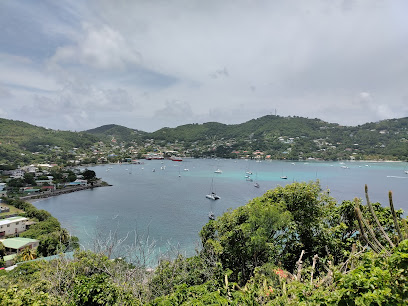
Firefly Estate Bequia
Discover the ultimate Caribbean escape at Firefly Estate Bequia, where luxury, nature, and adventure intertwine for an unforgettable experience.

Frangipani Hotel
Experience the tropical charm of Frangipani Hotel in Bequia, where relaxation meets adventure in the heart of the Caribbean.

The Liming Bequia
Experience luxury and serenity at The Liming Bequia, your perfect Caribbean escape with stunning views and exceptional service.

Whaleboner
Experience the vibrant flavors of the Caribbean at Whaleboner, Bequia's top bar and restaurant with stunning waterfront views.
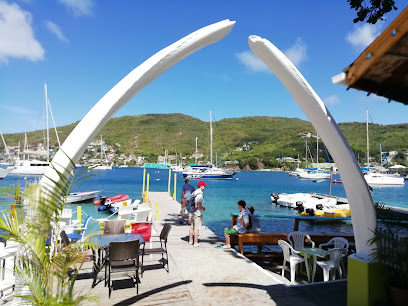
Unmissable attractions to see
Botanical Gardens
Discover the enchanting Botanical Gardens in Kingstown, St. Vincent, a lush paradise brimming with tropical plant life and rich history.
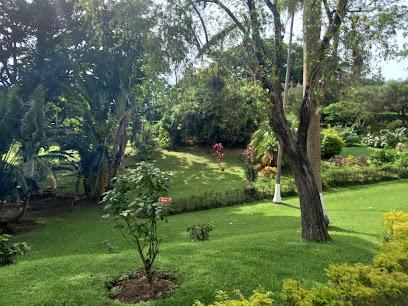
Fort Charlotte
Discover the historical treasures of Fort Charlotte in Clare Valley, a must-visit historical site with stunning views and rich Caribbean heritage.
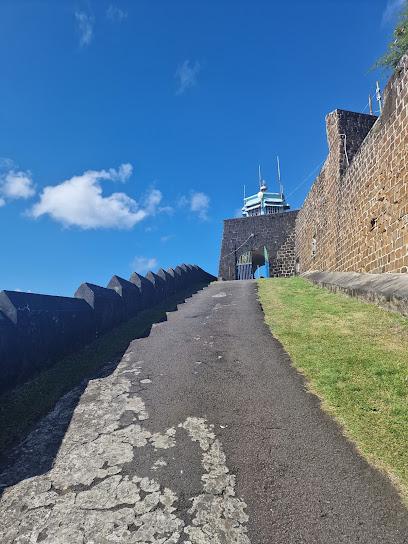
Bequia Tourism Association
Explore the stunning beauty, rich culture, and vibrant marine life of Bequia, the enchanting gem of the Grenadines.
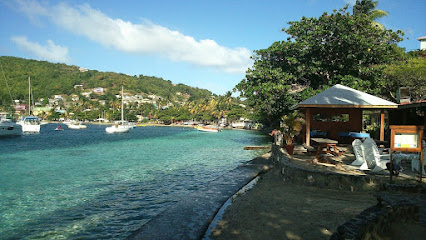
Owia Salt Pond
Explore the serene beauty of Owia Salt Pond, a natural paradise in Saint Vincent, perfect for relaxation, adventure, and unforgettable memories.
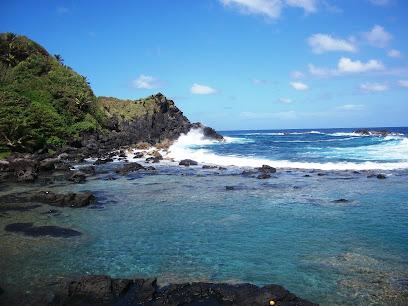
Walliabou Heritage Park
Discover the enchanting Walliabou Heritage Park, where natural beauty meets rich cultural history in the heart of Saint Vincent.
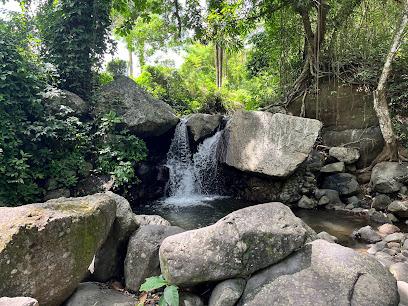
La Soufrière
Experience the breathtaking beauty and adventure of La Soufrière, Saint Vincent's majestic active volcano, perfect for nature lovers and thrill-seekers.
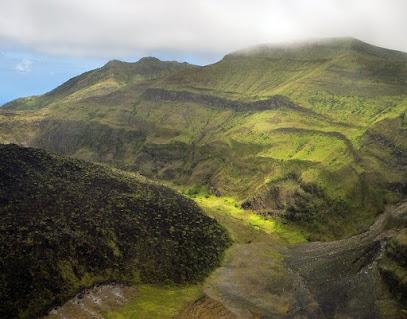
Tobago Cays Marine Park
Experience the breathtaking beauty of Tobago Cays Marine Park, a Caribbean paradise for snorkeling, sailing, and tranquil beach escapes.

Fort Duvernette
Discover the historical significance and breathtaking views at Fort Duvernette, a must-visit fortress on the Caribbean Sea in Saint Vincent.
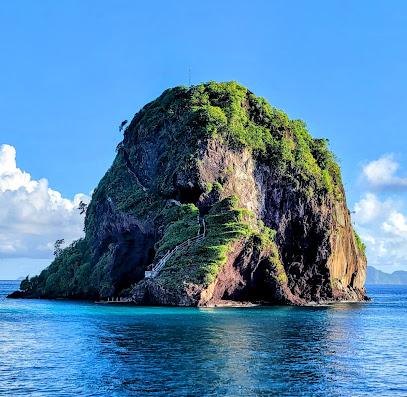
Firefly Estate Bequia
Experience luxury and relaxation at Firefly Estate Bequia, where stunning views, gourmet dining, and world-class amenities await you in paradise.

Dark View Fall
Experience the serene beauty of Dark View Fall, a stunning natural attraction in Richmond, St. Vincent, perfect for nature lovers and adventure seekers alike.
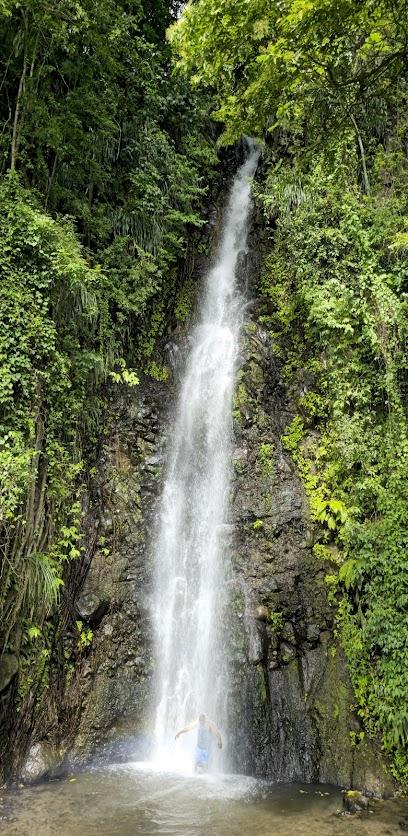
Montreal Gardens
Experience the beauty of Montreal Gardens in Mesopotamia, a peaceful retreat filled with tropical plants and vibrant flowers, perfect for relaxation and exploration.
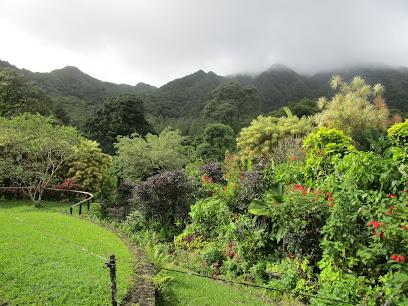
Indian Bay Beach
Discover the enchanting Indian Bay Beach in Arnos Vale, where golden sands meet azure waters for an unforgettable Caribbean escape.
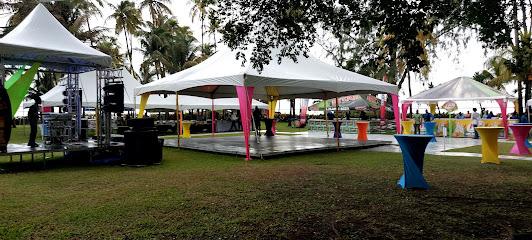
Mt. Wynne Beach
Experience the breathtaking beauty of Mt. Wynne Beach in Peter's Hope, a perfect blend of relaxation, adventure, and stunning natural scenery.
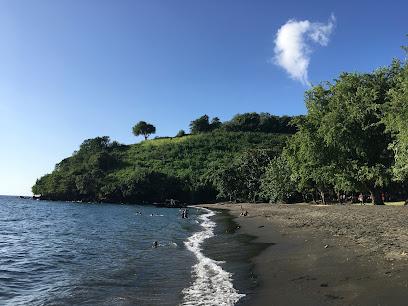
Siteseeing with Cass
Discover the beauty of St. Vincent with Siteseeing with Cass, your premier destination for kayak rentals and guided water tours at Villa Beach.
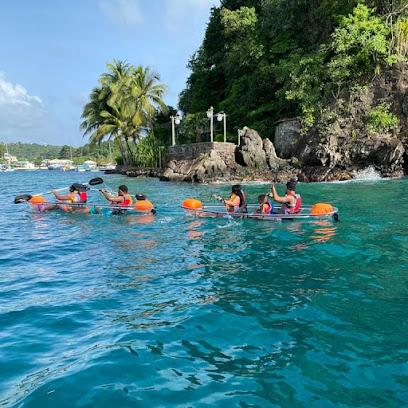
La Soufrière Volcano
Discover La Soufrière Volcano, a stunning hiking destination in St. Vincent, offering breathtaking views and unique natural experiences in a tropical paradise.
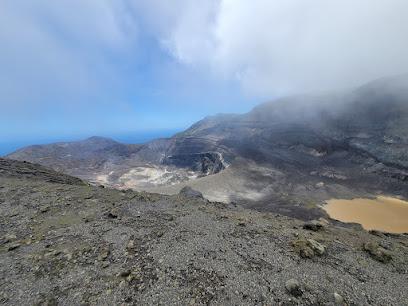
Essential places to dine
Mangoz Restaurant and Bar
Experience exquisite Caribbean flavors at Mangoz Restaurant and Bar in Villa – where fresh ingredients meet breathtaking views.
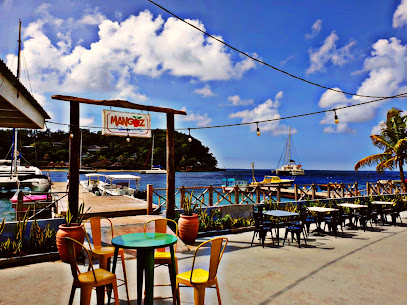
Jack's Beach Bar
Experience island life at Jack's Beach Bar: delicious food, refreshing drinks, and breathtaking sunset views on Princess Margaret Beach.

Mac's Pizza & Kitchen
Experience delicious pizzas and warm hospitality at Mac's Pizza & Kitchen, a beloved eatery in Belmont, Port Elizabeth.
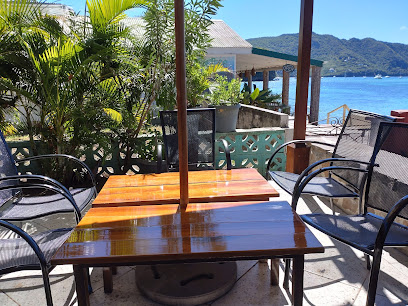
Bequia Beach Hotel
Experience unparalleled luxury and relaxation at Bequia Beach Hotel – your gateway to paradise in the Caribbean.
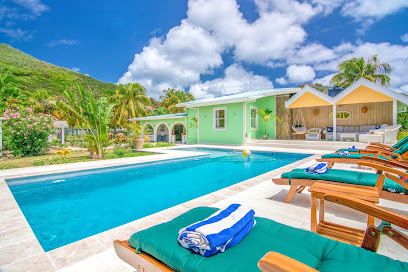
Bequia Plantation Hotel
Discover unparalleled luxury at Bequia Plantation Hotel - where Caribbean charm meets exquisite dining and serene relaxation.

The Fig Tree
Experience the rich flavors of Port Elizabeth at The Fig Tree - where local ingredients meet Caribbean culinary artistry.
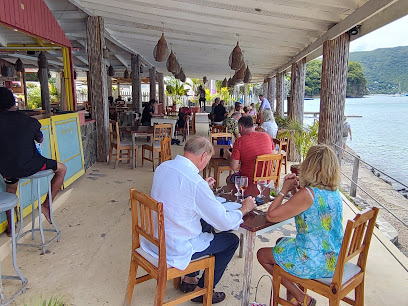
Maria's Cafe
Experience authentic Caribbean cuisine at Maria's Cafe in Port Elizabeth - where every meal is a celebration of flavor and hospitality.
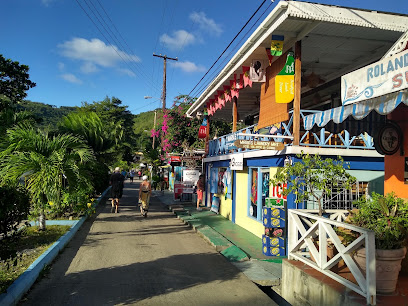
De Reef Restaurant & Bar
Experience exquisite Caribbean cuisine with breathtaking views at De Reef Restaurant & Bar in beautiful Bequia.
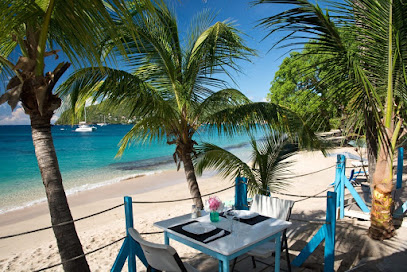
Dawn's Creole Restaurant, Lower Bay Beach
Discover authentic Caribbean flavors at Dawn's Creole Restaurant in Lower Bay Beach, Bequia - where delicious cuisine meets breathtaking ocean views.
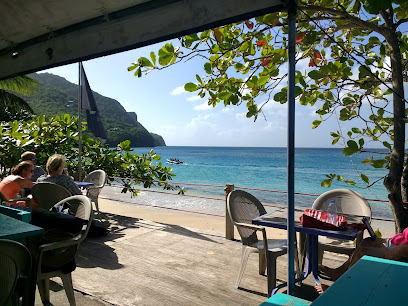
Firefly Estate Bequia
Experience exquisite dining and stunning views at Firefly Estate Bequia - your ultimate Caribbean getaway.

Laura's Restaurant
Discover culinary excellence at Laura's Restaurant in Port Elizabeth - where local flavors meet warm hospitality.
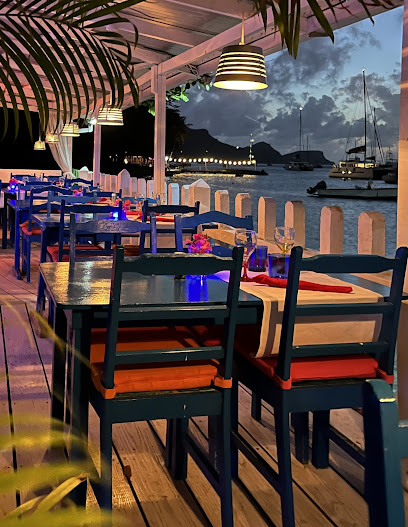
Whaleboner
Experience exquisite dining at Whaleboner in Bequia - where local flavors meet breathtaking views.
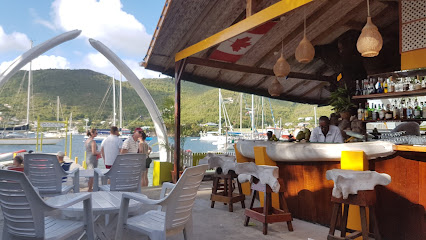
Tropical Hideaway 5-Star Boutique Style Accommodation
Experience unmatched luxury at Tropical Hideaway in Bequia—where breathtaking views meet exceptional service.
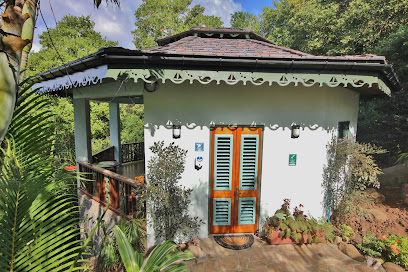
The Loft Restaurant and Bar
Discover delightful Caribbean cuisine at The Loft Restaurant and Bar, where local flavors meet fine dining in an inviting atmosphere.
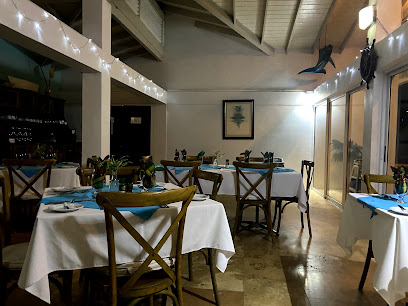
Cheri's Rooftop Terrace
Discover Cheri's Rooftop Terrace: where exquisite local cuisine meets breathtaking views in the heart of Port Elizabeth.
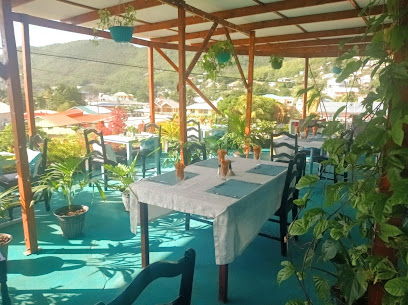
Markets, malls and hidden boutiques
Knights Supermarket
Discover local flavors and everyday essentials at Knights Supermarket in Port Elizabeth, St. Vincent - a hub for authentic Caribbean shopping.
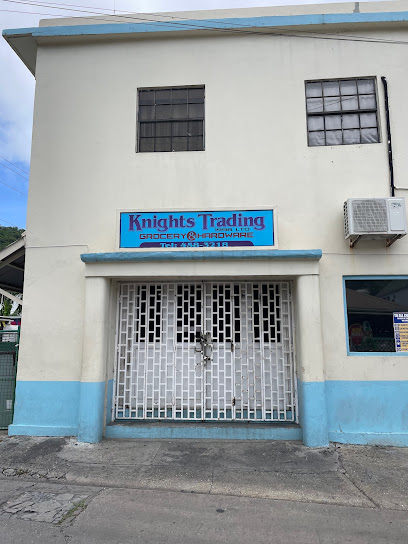
Doris' Fresh Food & Yacht Provisioning
Explore the rich culinary offerings of Bequia at Doris' Fresh Food & Yacht Provisioning, where fresh local produce meets gourmet delights.
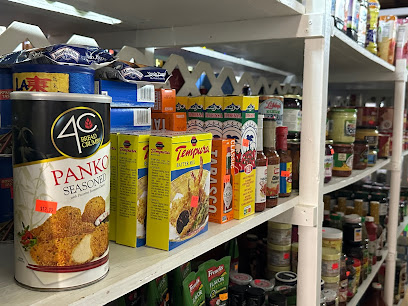
Uncle Duff Store
Discover local flavors and friendly service at Uncle Duff Store, your go-to grocery shop in Derrick's La Pompe.

Shoreline Mini Market
Discover the heart of Port Elizabeth at Shoreline Mini Market, your go-to spot for local groceries and authentic island flavors.
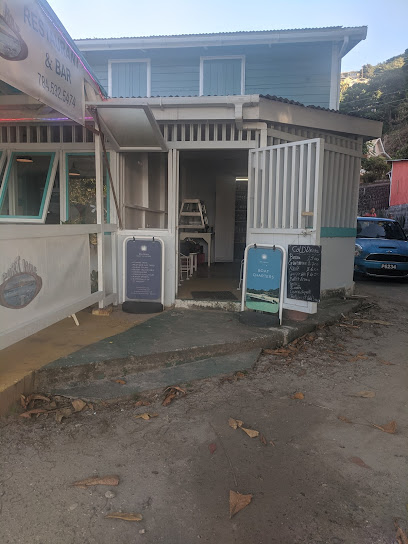
#1 Women's Boutique -Miami Girl Boutique
Explore Miami Girl Boutique in Kingstown for a stylish selection of women's fashion that perfectly blends contemporary trends with personalized service.

Mike Goddard Pottery
Explore the unique artistry of handcrafted pottery at Mike Goddard Pottery in Port Elizabeth, a must-visit for art lovers and collectors.
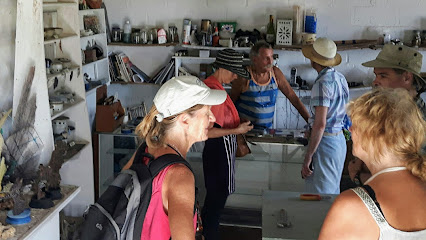
Bequia Ventures
Explore Bequia Ventures for unique home goods and local craftsmanship, capturing the essence of Bequia's vibrant culture and artistry.

Select Store
Discover the flavors of Port Elizabeth at Select Store, your go-to grocery destination for local and international treats.
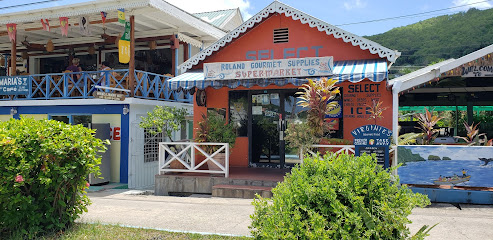
Nicholls Treasures Boutique
Discover unique fashion and accessories at Nicholls Treasures Boutique in Bequia, a charming shop that embodies the island's style and creativity.
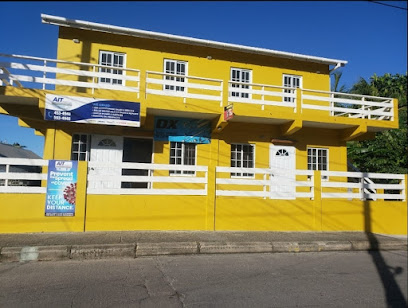
Z's Mini Market
Discover Z's Mini Market in Port Elizabeth for a diverse range of local products, from snacks to household goods, all in a friendly atmosphere.
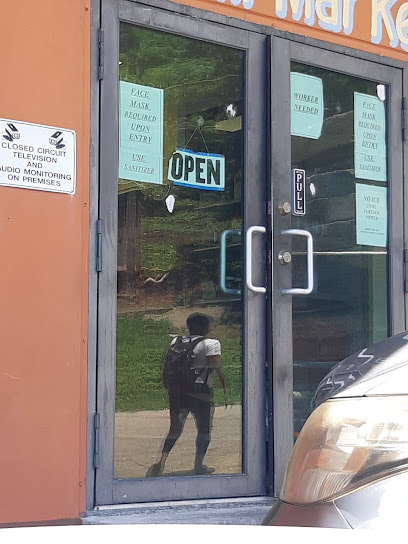
Central Supermart
Explore the vibrant flavors of Port Elizabeth at Central Supermart, your go-to grocery store for local delicacies and essentials.
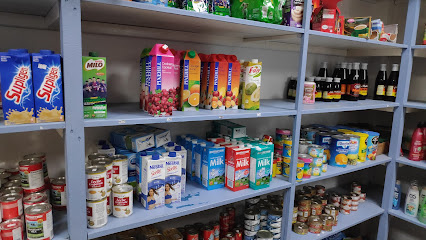
Anáke Boutique SVG
Explore Anáke Boutique SVG in Kingstown for unique women's and men's clothing that captures the essence of Caribbean style.

Bequia Threadworks
Explore the vibrant artistry of Bequia at Bequia Threadworks, a unique clothing store offering handmade garments and accessories in the heart of Port Elizabeth.
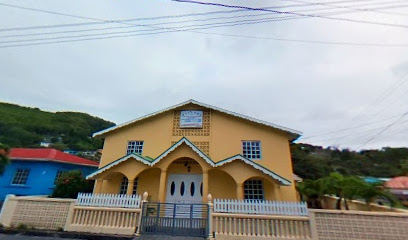
Samanta & Sons
Explore the vibrant fashion scene at Samanta & Sons, a must-visit clothing store in Kingstown for unique styles and local craftsmanship.
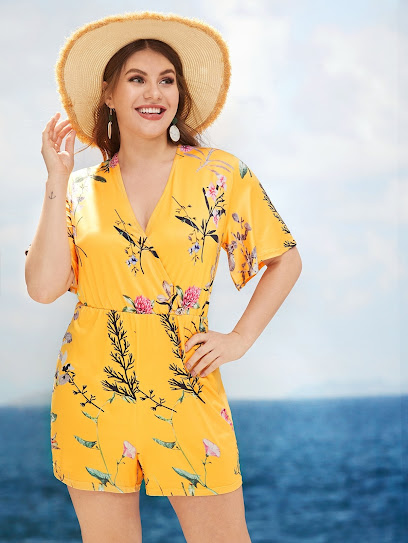
Bequia Tech Center (Digicel Bequia)
Explore the Bequia Tech Center for all your electronic needs in the heart of Port Elizabeth, ensuring you're connected during your island adventure.
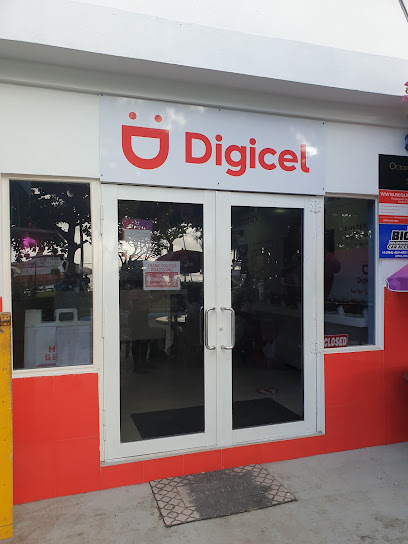
Essential bars & hidden hideouts
Jack's Beach Bar
Experience the ultimate Caribbean vibes at Jack's Beach Bar, where every sip and bite transports you to a tropical paradise by the sea.
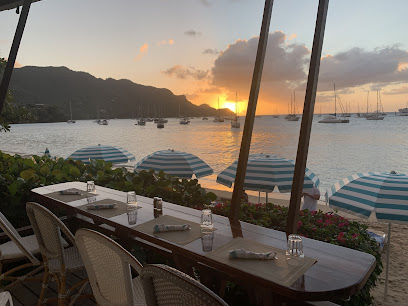
Bequia Plantation Hotel
Experience luxury and tranquility at Bequia Plantation Hotel, where stunning views and exquisite dining create an unforgettable Caribbean getaway.

De Reef Restaurant & Bar
Discover De Reef Restaurant & Bar in Bequia, where delectable Caribbean cuisine meets stunning ocean views in a tropical paradise.
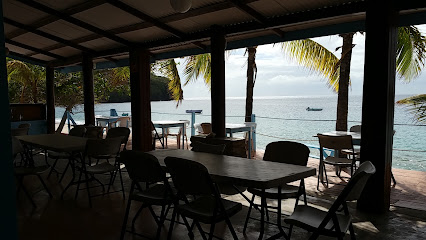
Dawn's Creole Restaurant, Lower Bay Beach
Experience authentic Caribbean cuisine in a vibrant beachfront setting at Dawn's Creole Restaurant in Bequia.
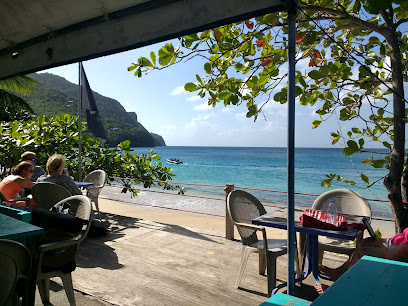
Whaleboner
Experience the vibrant atmosphere of Whaleboner in Bequia, where local flavors meet stunning ocean views in a charming coastal setting.

Cheri's Rooftop Terrace
Discover the perfect blend of local flavors and stunning views at Cheri's Rooftop Terrace in Port Elizabeth, a culinary delight for every traveler.
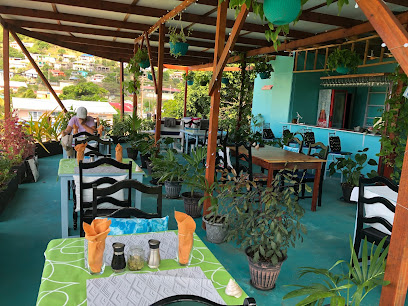
Bar One
Experience the vibrant nightlife of Port Elizabeth at Bar One, where great drinks and good company come together in a lively atmosphere.
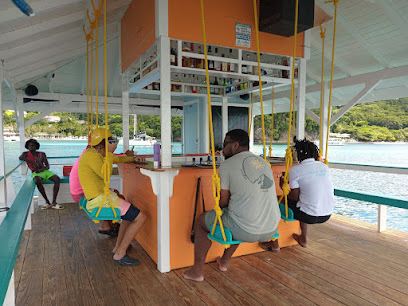
Provision
Indulge in fresh Caribbean seafood and vibrant local flavors at Provision Restaurant, a must-visit culinary destination in Bequia.
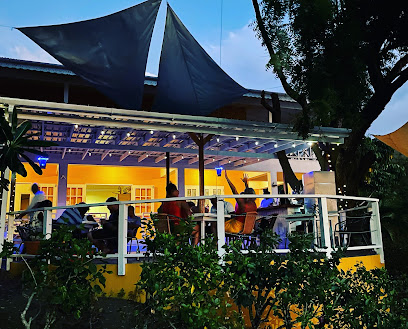
Treehouse bushbar
Discover Treehouse Bushbar in Union Vale, Bequia – your ultimate escape for refreshing drinks and breathtaking views in a tropical paradise.
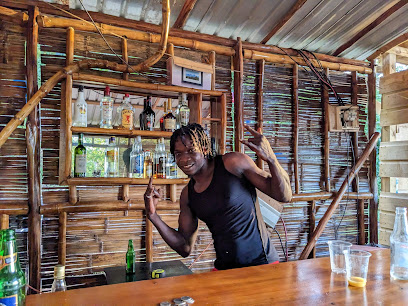
Porthole Bequia
Experience the vibrant flavors of the Caribbean at Porthole Bequia, where fresh seafood meets stunning ocean views in a warm, welcoming atmosphere.
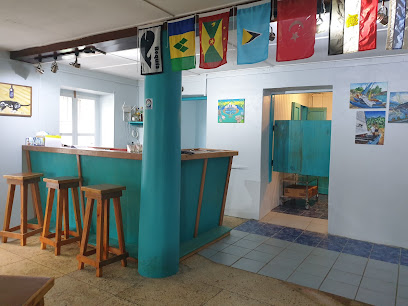
Fay’s Bar
Experience the vibrant atmosphere and stunning ocean views at Fay’s Bar, the perfect coastal retreat in Port Elizabeth.
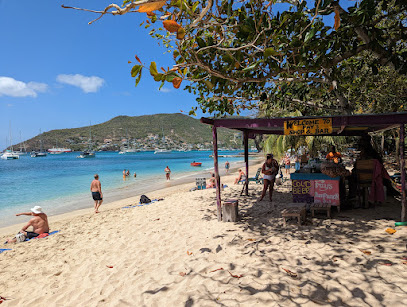
Good Mood Café
Discover the vibrant atmosphere of Good Mood Café, a delightful bar in Richmond offering a perfect blend of relaxation and local flavors.
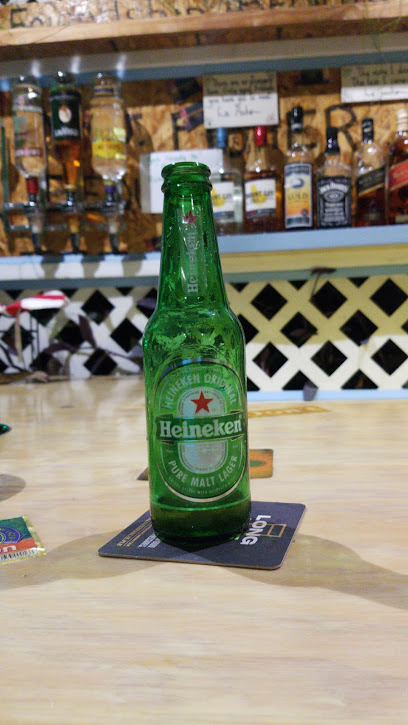
Bagatelle at Bequia Beach Hotel
Experience exquisite dining at Bagatelle, Bequia Beach Hotel, where local flavors meet Caribbean charm in a breathtaking seaside setting.
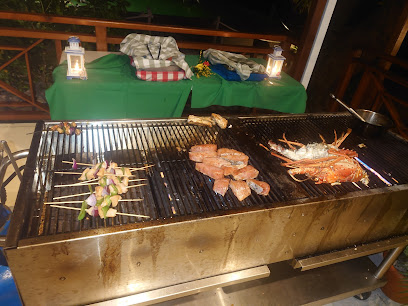
The Sand Bar
Experience the perfect blend of relaxation and vibrant beach club atmosphere at The Sand Bar in Bequia's stunning Friendship Bay.
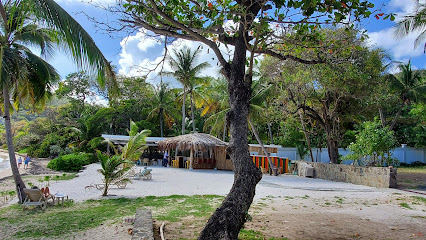
Lion’s Den
Experience the essence of Caribbean relaxation at Lion's Den, a vibrant bar in Bequia offering delightful cocktails and breathtaking ocean views.
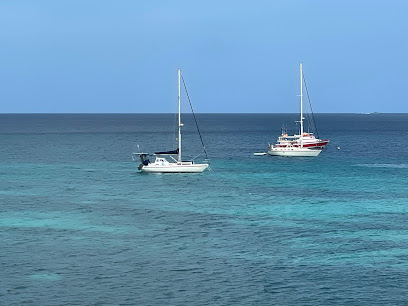
Local Phrases
-
- HelloHello
[Hel-lo] - GoodbyeGoodbye
[Gud-bai] - YesYes
[Yes] - NoNo
[No] - Please/You're welcomePlease/You're welcome
[Pleez/Yu ah wel-kum] - Thank youThank you
[Tank yu] - Excuse me/SorryExcuse me/Sorry
[Eks-kyus mi/Sa-ri] - How are you?How are you?
[How ah yu?] - Fine. And you?Fine. And you?
[Fain. An yu?] - Do you speak English?Do you speak English?
[Du yu spiik Ing-glish?] - I don't understandI don't understand
[Ai don un-dah-stan]
- HelloHello
-
- I'd like to see the menu, pleaseI'd like to see the menu, please
[Ai'd laik tu si de men-yu, pleez] - I don't eat meatI don't eat meat
[Ai don it miit] - Cheers!Cheers!
[Chee-az!] - I would like to pay, pleaseI would like to pay, please
[Ai wud laik tu pei, pleez]
- I'd like to see the menu, pleaseI'd like to see the menu, please
-
- Help!Help!
[Help!] - Go away!Go away!
[Go aweh!] - Call the Police!Call the Police!
[Kol de Po-leece!] - Call a doctor!Call a doctor!
[Kol ah dok-tah!] - I'm lostI'm lost
[Ai'm lost] - I'm illI'm ill
[Ai'm il]
- Help!Help!
-
- I'd like to buy...I'd like to buy...
[Ai'd laik tu bai...] - I'm just lookingI'm just looking
[Ai'm jas lu-kin] - How much is it?How much is it?
[How moch iz it?] - That's too expensiveThat's too expensive
[Datz tuu ik-spen-siv] - Can you lower the price?Can you lower the price?
[Kan yu lo-wer de prais?]
- I'd like to buy...I'd like to buy...
-
- What time is it?What time is it?
[Wat taim iz it?] - It's one o'clockIt's one o'clock
[Itz wun o-klok] - Half past (10)Half past (10)
[Haf past (10)] - MorningMorning
[Mawnin] - AfternoonAfternoon
[Af-ter-noon] - EveningEvening
[Ee-ven-ing] - YesterdayYesterday
[Yes-tah-day] - TodayToday
[To-dei] - TomorrowTomorrow
[To-mo-row] - 11
[Wun] - 22
[Tu] - 33
[Tree] - 44
[For] - 55
[Fayv] - 66
[Siks] - 77
[Seven] - 88
[Eyt] - 99
[Nain] - 1010
[Ten]
- What time is it?What time is it?
-
- Where's a/the...?Where's a/the...?
[Wehrz ah/de...] - What's the address?What's the address?
[Watz de ad-dress?] - Can you show me (on the map)?Can you show me (on the map)?
[Kan yu sho mi (on de map)?] - When's the next (bus)?When's the next (bus)?
[Wehnz de nekst (bus)?] - A ticket (to ....)A ticket (to ....)
[Ah ti-ket (tu ....)]
- Where's a/the...?Where's a/the...?
History of Bequia
-
Before European contact, Bequia was inhabited by the indigenous Arawak and later the Carib peoples. These early inhabitants left behind archaeological evidence such as pottery shards and tools that offer a glimpse into their daily lives and cultures.
-
In the 18th century, Bequia was colonized by the French and later the British. The island became part of the British colony of Saint Vincent and the Grenadines. During this period, sugar plantations were established, and enslaved Africans were brought to the island to work on these plantations.
-
Bequia has a unique whaling tradition that dates back to the 19th century. Influenced by American whalers who visited the island, local whalers began hunting humpback whales using traditional methods. This practice continues today, although it is heavily regulated and only a few whales are taken each year.
-
Maritime activities have always been central to Bequia's culture. The island is known for its skilled boat builders, who have crafted vessels such as the Friendship Rose, a traditional wooden schooner that has become an iconic symbol of Bequia’s seafaring legacy.
-
In the mid-20th century, Bequia began to develop as a tourist destination. The construction of Port Elizabeth’s harbor and the establishment of hotels and restaurants attracted visitors from around the world. Today, tourism is a major part of Bequia’s economy, with its beautiful beaches, vibrant marine life, and rich culture drawing travelers year-round.
-
Bequia hosts several cultural festivals that celebrate its history and community. The Bequia Easter Regatta, one of the Caribbean’s most famous sailing events, and the Bequia Music Festival, which attracts international artists, are key highlights of the island’s cultural calendar.
Bequia Essentials
-
Bequia can be reached via air and sea. The nearest international airport is Argyle International Airport on the main island of Saint Vincent. From there, you can take a short 30-minute flight to Bequia's J.F. Mitchell Airport. Alternatively, you can take a ferry from Kingstown, the capital of Saint Vincent, which takes about an hour. Ferries run multiple times a day, and schedules can be checked in advance.
-
Once in Bequia, transportation options include taxis, rental cars, and water taxis. Taxis are readily available and can be hailed on the street or booked in advance. Car rentals are available, but driving is on the left side of the road. Water taxis are a unique way to travel to different beaches and remote areas. Walking is also a popular and practical option for exploring the small island.
-
The official currency is the Eastern Caribbean Dollar (XCD), but US dollars are widely accepted. Credit cards are accepted in most hotels, restaurants, and shops, but it is advisable to carry cash for smaller establishments and local markets. ATMs are available on the island, mainly in Port Elizabeth.
-
Bequia is generally safe for tourists, but standard precautions should be taken. Avoid walking alone at night in isolated areas and keep an eye on your belongings in crowded places. While there are no specific high-crime areas targeting tourists, it is best to stay vigilant and aware of your surroundings.
-
In case of emergency, dial 911 for immediate assistance. The island has a small medical center in Port Elizabeth for minor medical issues. For more serious conditions, patients may need to be transferred to Kingstown. It's recommended to have travel insurance that covers medical emergencies. Pharmacies are available for over-the-counter medications.
-
Fashion: Do dress casually and comfortably, but avoid overly revealing clothing. Beachwear is for the beach; dress modestly when in town. Religion: Do respect local customs and traditions. When visiting churches, cover your shoulders and knees. Public Transport: Do be respectful and patient. Public transport is limited; taxis and water taxis are the main options. Greetings: Do greet locals with a friendly 'Good morning' or 'Good afternoon.' A handshake is also common. Eating & Drinking: Do try local dishes like fresh seafood and rotis. Don’t refuse food or drink offerings, as it is considered impolite.
-
To experience Bequia like a local, visit the local markets in Port Elizabeth for fresh produce and handmade crafts. Engage with locals, who are friendly and willing to share stories about the island's history and culture. Don’t miss the opportunity to attend a local festival or event, such as the Bequia Easter Regatta. For a unique experience, take a hike to the Old Hegg Turtle Sanctuary or explore the island's various beaches and hidden coves.
Trending Landmark in Bequia
-
Bequia Tourism Association
-
Princess Margaret Beach
-
Keegans Beachside Hotel, Apartments and Restaurant
-
Bequia Beach Hotel
-
Bequia Plantation Hotel
-
Old Hegg Turtle Sanctuary
-
The Fig Tree
-
Black Point Tunnel
-
De Reef Restaurant & Bar
-
Dawn's Creole Restaurant, Lower Bay Beach
-
Bequia Express Ferry - Bequia SVG
-
Firefly Estate Bequia
-
Frangipani Hotel
-
The Liming Bequia
-
Whaleboner
Nearby Cities to Bequia
-
Things To Do in Port Elizabeth
-
Things To Do in Mustique
-
Things To Do in Kingstown
-
Things To Do in Barrouallie
-
Things To Do in Chateaubelair
-
Things To Do in Georgetown
-
Things To Do in Canouan
-
Things To Do in Mayreau
-
Things To Do in Union Island
-
Things To Do in Hillsborough
-
Things To Do in Vieux Fort
-
Things To Do in Laborie
-
Things To Do in Choiseul
-
Things To Do in Malgretoute
-
Things To Do in Soufrière









